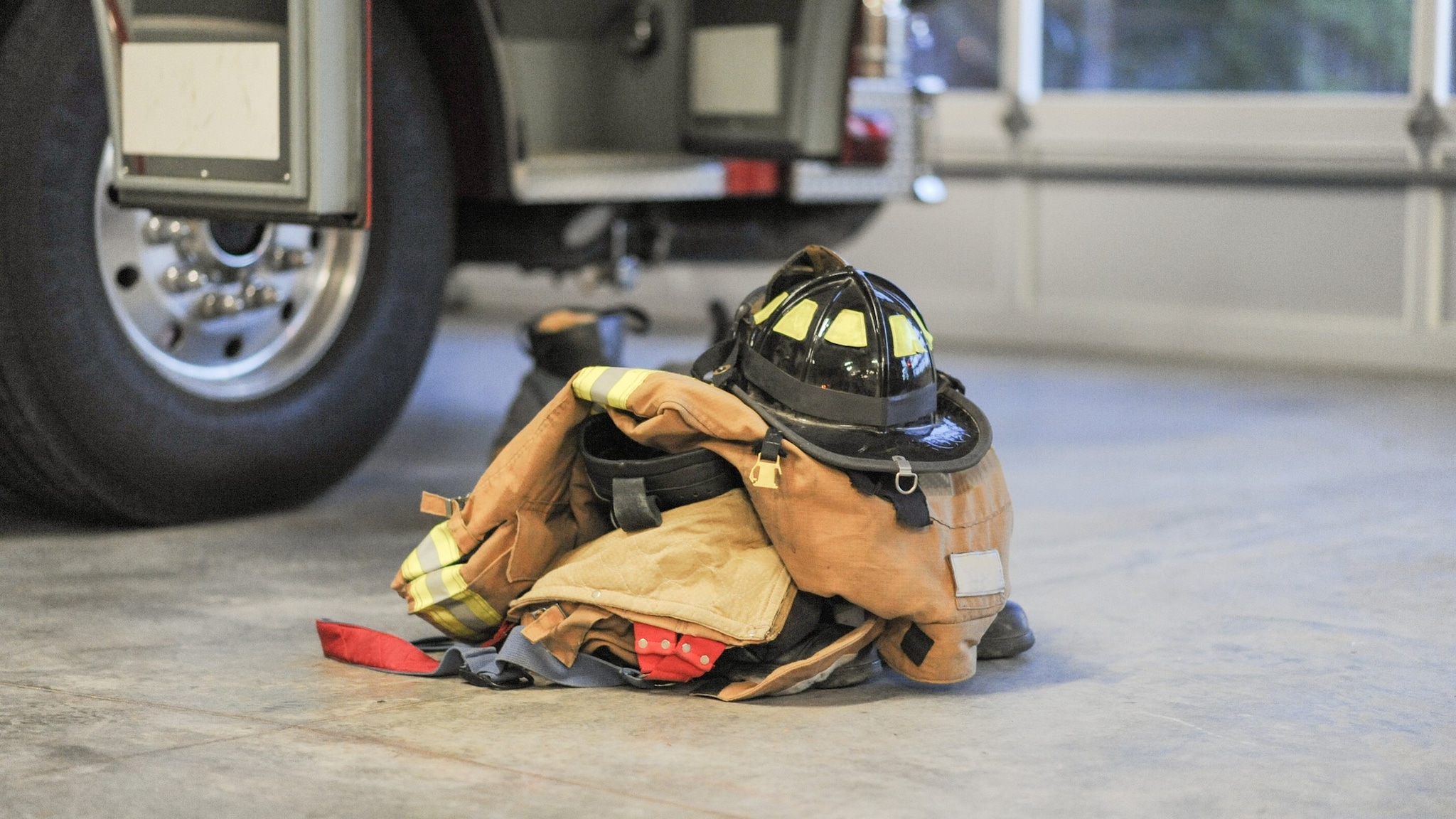Purpose
The Fire Fighter Fatality Investigation and Prevention Program (FFFIPP) investigates fatalities and serious injuries that occur on duty. We determine if the incident fits within one of two types — trauma or medical. We do not investigate cancer deaths.

Trauma
FFFIPP investigates fireground and non-fireground fatalities and serious injuries. These incidents may result from a variety of circumstances. Trauma categories and examples include:
Structure fire
Residential, non-residential, collapse, flashover, arson, explosion
Training
Live fire, falls, SCUBA diving, motor vehicle
Water
Search & rescue, SCUBA diving
Miscellaneous
Other causes not categorized elsewhere
If personal protective equipment or clothing problems are identified, investigators consult the NIOSH National Personal Protective Technology Laboratory to assess the possibility of further evaluation and testing.
Medical
National Fire Protection Association data shows that sudden cardiac death is the most common type of line-of-duty death for firefighters. Our investigations assess personal and workplace factors. Personal factors include individual risk factors for coronary artery disease, while the workplace evaluation:
- Estimates the acute physical demands placed upon the firefighter
- Estimates the firefighter's acute exposure to hazardous chemicals
- Assesses fire department coronary artery disease screening efforts
Cancer
We do not investigate cancer deaths. While these deaths are beyond the scope of the program, the information is still important to the firefighter community.
NIOSH maintains the National Firefighter Registry (NFR) for Cancer. The NFR is open to all U.S. firefighters, not just those with a previous diagnosis of cancer. Having many types of firefighters join the NFR is crucial to examining relationships between firefighter activities and cancer. NIOSH encourages all firefighters to participate in the NFR.
